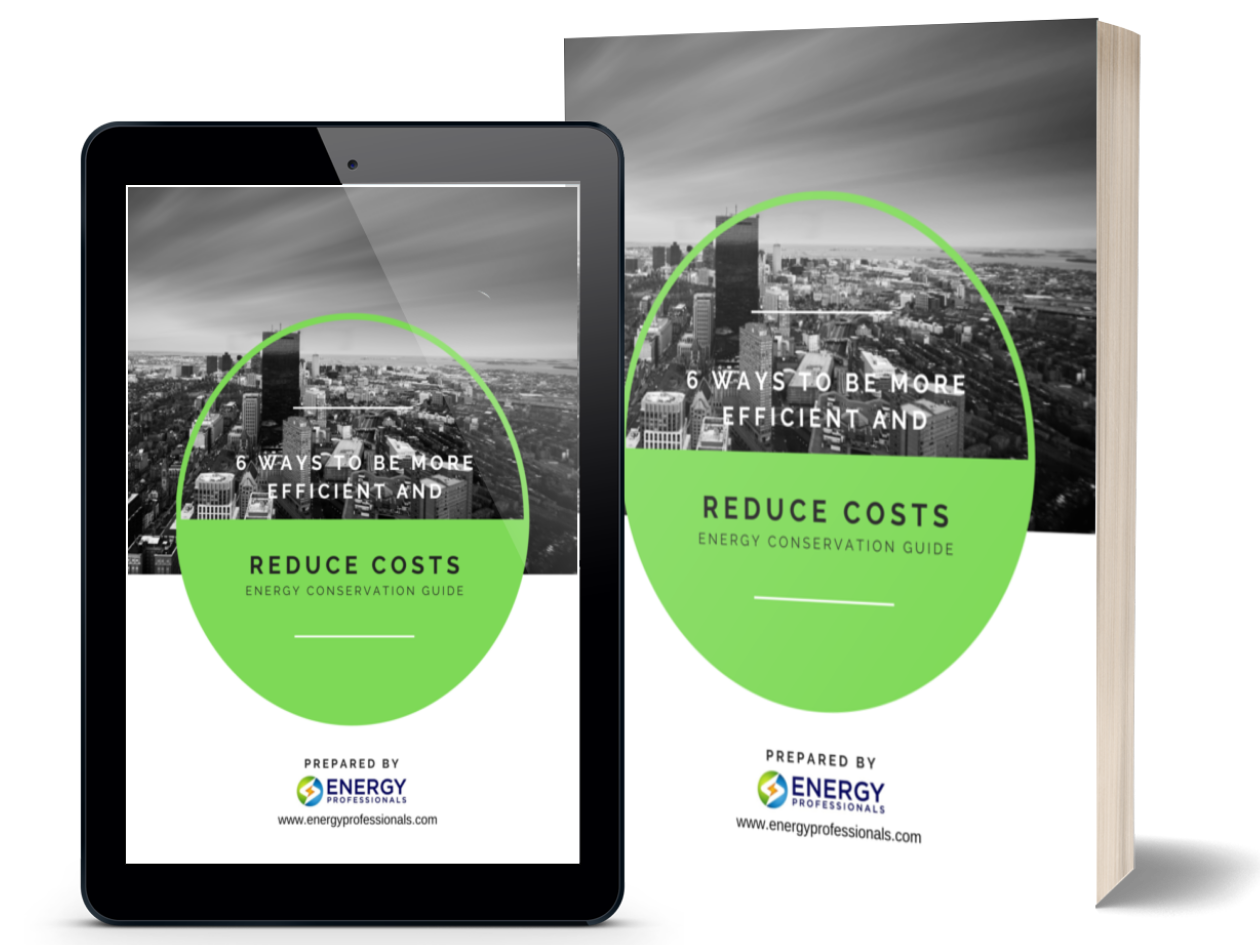Why Are Electricity Rates Higher With Generation Costs Near Historical Lows?
The reason electricity supply rates are higher with generation rates near historical lows is due to the substantial increase in

The reason electricity supply rates are higher with generation rates near historical lows is due to the substantial increase in
The reason electricity supply rates are higher with generation rates near historical lows is due to the substantial increase in the additional supply rate components (Capacity, Network Integrated Transmission Services, and Ancillaries).
Capacity alone (2nd largest component in your rate next to the energy itself) has sharply increased over the last 2 years. We cannot control these components’ cost increases as they come from the PUC, PJM ISO, and local utilities, we can only control the timing of the market.
Natural Gas, which is the largest source of power for the generation of Electricity declined this year to very low historical levels and consumers have an opportunity to secure rates with a supplier not only below their local utility’s present rates, but more importantly far below where rates will likely average for at least the next 36-months.
But it is important to note this opportunity will likely be short-lived since as shown in the following chart in our April 10th Energy Update waiting for slightly lower prices was not in your best interest:
The fact that since 2000 prices have been higher than where they were on April 10th more than 96% of the time makes it easy to understand why after April 10th, Natural Gas has trended higher and is now up 31% rallying from $2.01 per MMBtu to $2.64 per MMBtu as of September 25th:
Therefore, after reading the April 10th Energy Update those who headed our warning that rates were likely moving higher and secured a fixed rate nailed the lowest rates of the year. But with that being said, please don’t despair that you may have missed a major opportunity. From a long-term perspective, this cycle of higher Natural Gas is still in its early stages:
Since 2000, when rates were as low as they were this spring the average price was always much higher for at least 36 months. And those in 2001, 2012, 2016, and 2020 who secured their hedges a few months after the Spring low still paid much less than the average fixed rate over the next 36 months.
But is important to remember even though you will be locking in a fixed rate near its cycle low, your rate may still be higher than your last fixed agreement due to the substantial increases in the other supply rate components included in your fixed rate.
Hopefully, the empirical evidence in today’s report helps you to understand why we recommend anyone with an agreement expiring in the next 18 months not delay hoping for lower prices and reserve power to be available when their present agreements expire. Our concern is the longer you delay now, the more you will likely pay later.
Not every client’s risk tolerance and hedging strategy are the same, but the above report will help you put into perspective the risk/reward opportunities. I invite you to call one of our energy analysts to help you plan a hedging strategy appropriate for your situation.
Ray Franklin
Energy Professionals
Senior Commodity Analyst


Don't have one? You can get one by calling us at 855-4-PKIOSK.
Energy Professionals is committed to finding its customers the best possible rates on electricity and natural gas. Tell us your location and service type and our energy manager will connect you to the most competitive offers.
Switching to an alternate supplier is easy. There is no chance of service disruption, and you'll continue with your current utility for energy delivery and emergency service. Take a few minutes to discover your best offers, and enjoy the benefits of retail energy in your home or business.
1. Energy Type
2. Service Type
3. Zip Code
4.Local Company
5.Zone
We believe that knowledge is power. Here’s a free e-book that provides business solutions to reducing energy costs.
Download E-Book Free Energy Audit




